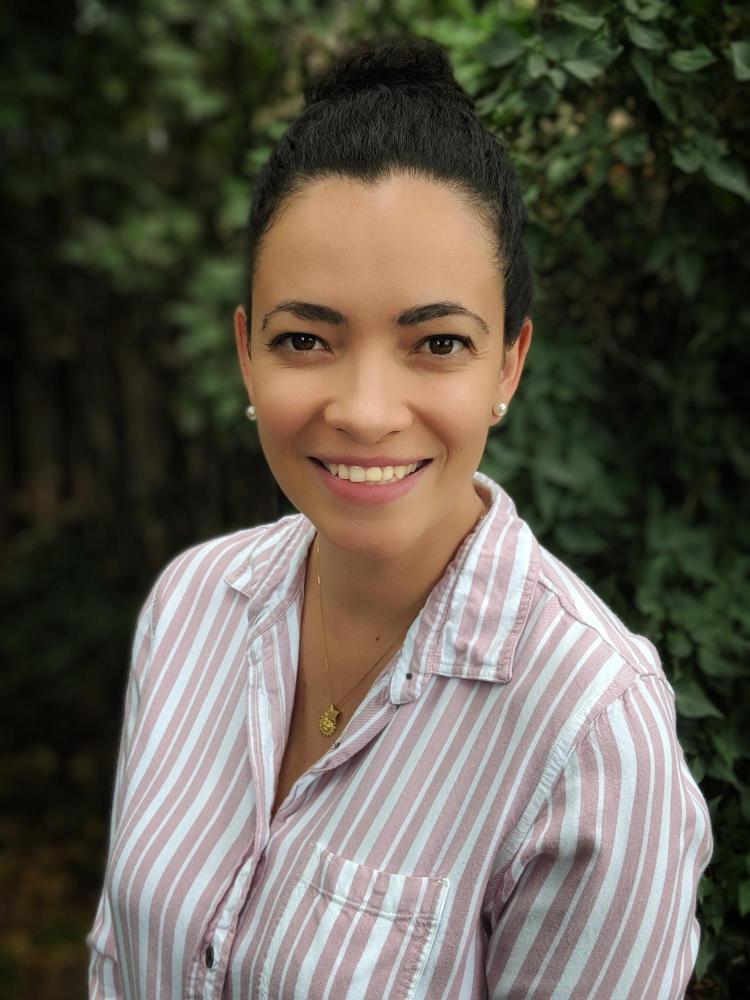Vance to study changes in particles as they move between indoor, outdoor environments

Marina Vance recently earned an NSF CAREER award to continue her work around aerosols
Outdoor air pollution and its health impacts are well studied, but in reality, many people around the world spend the majority of their time indoors. That is especially true in developed nations like the United States, where we are regularly exposed to indoor air pollution while cooking or cleaning.
Marina Vance – an assistant professor in the Paul M. Rady Department of Mechanical Engineering and the Environmental Engineering Program – has been studying this dynamic for years. She was recently awarded an NSF CAREER Award to continue her work in the field, specifically working to understand how aerosol particles transform as they move between indoor and outdoor environments and what the implications of that process are. The prestigious award provides approximately $500,000 over five years to support the research and educational activities of early career faculty who have the potential to become leaders in their field.
Vance said the work should provide an interesting set of questions and problems for her team to explore.
“There is a shifting dynamic right now where researchers are looking more at building materials and consumer products, such as cleaners, that could potentially act as large sources of ambient air pollution going forward. Especially as vehicle emissions that use to drive outdoor air pollution rates continue to trend downward,” Vance said. “Our work will specifically look at how air pollutants created indoors might impact outdoor air quality and how exactly those air pollutants change as they move from indoors to outdoors and vice-versa.”
Vance said a good example of how particles change from one environment to another comes from ambient air pollution. As particulate matter comes into an indoor environment like a home, it experiences shifts in temperature, humidity and other factors. Those small fluctuations can cause the particles to change in density and size, she said.
“Understanding and characterizing those kinds of changes and others can be applied to many different fields. The work could be used in health-related research when it comes to particles entering the human lung or to improve how lower-cost sensors work, to name just a few,” she said.
All three of Vance’s degrees are in environmental engineering, including a PhD from Virginia Tech in 2012. After completing her degree there, she held positions as postdoc and research scientist, including associate director of the Center for Sustainable Nanotechnology and deputy director of NanoEarth, a node of the National Nanotechnology Coordinated Infrastructure. She also has experience working as an environmental engineering consultant, collecting and analyzing samples of odorous industrial emissions from over a dozen industries in southern Brazil.
Vance’s lab at CU Boulder consists of a variety of specially controlled rooms and chambers that will be used for this project. She said the work could essentially be broken up into three general approaches, including taking ambient air from outside and measuring changes as it moves into an indoor chamber and simulating air pollution conditions in a chamber before moving it to another with settings that mimic outdoor conditions, such as bright sunlight.
“We are also going to try and replicate this work in a real home environment because it is one thing to do this in a completely controlled lab space and something else to get measurements where there are people performing real-world activities as part of their everyday lives,” she said. “We are hoping we can learn something new by adding that kind of complexity to the work.”
Throughout her career, Vance has worked to share her research beyond academic circles. She creates animated videos that convey complex science concepts through art, music and easily accessible descriptions. Through this new award, she will expand that effort in partnership with CU Science Discovery, a K-12 STEM education outreach organization at CU Boulder.
Through the program, she hopes to encourage and train high school and undergraduate students in ways to share their work creatively. She will also host workshops for high school teachers to convey lessons learned from this experience and will apply the concepts to her own undergraduate courses in the future.
“I like to draw, so that is where my videos and passion come from, but my hope is to encourage all kinds of creativity to promote science communication with this aspect of the award,” she said. “One of the aspects of engineering that I really enjoy is that you can do research that has implications for everyday life. So it would be sad to see that kind of work stuck in a silo – only serving other scientists.”

